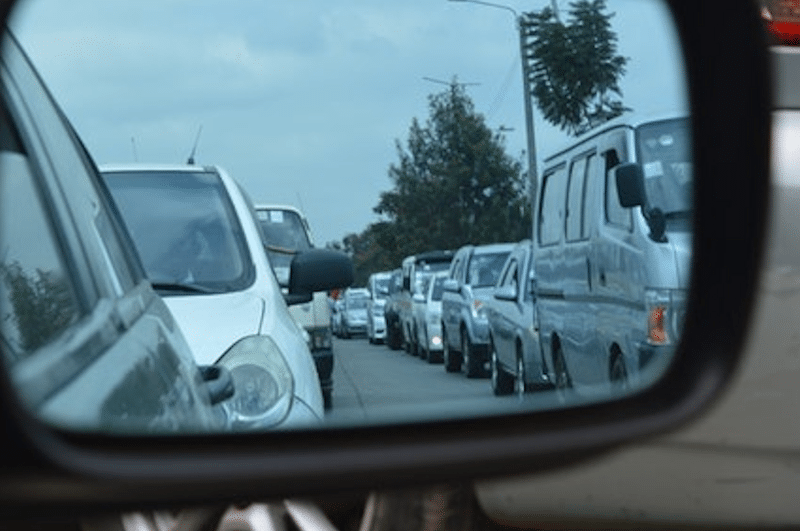Tailgating is dangerous, but all too common. It’s especially risky at higher speeds, and in crowded traffic conditions where even a relatively minor rear-end collision can touch off a chain reaction. You undoubtedly see other drivers following too close or accelerating right up behind another vehicle all the time. But, do you do it yourself?
Statistics from the National Highway Traffic Safety Administration (NHTSA) suggest the answer to both questions is probably “yes.”
Rear-End Collision Statistics
The NHTSA says about 23% of motor vehicle accidents nationwide begin with a rear-end collision. Those crashes kill about 2,000 people annually and injure nearly one million. You may be thinking, “But tailgating isn’t the only reason for rear-end collisions!” That’s true…sort of. Many other factors contribute to rear-end collisions, including:
- The leading car stopping abruptly due to debris in the road or an animal entering the roadway
- Ice or wet pavement making it difficult for the following vehicle to stop
- A traffic light changing abruptly, leading the front driver to slam on the brakes
- Faulty brakes, bald tires or other maintenance issues in the rear car
- Distracted driving
- Fatigued driving
- Driving under the influence of drugs or alcohol
- Poor visibility
So why the focus on tailgating / following too close? Most rear-end collisions triggered by the factors above could have been avoided with adequate space between vehicles.
How Close is Too Close?
If you took a driver education class in high school, you probably learned the “two second rule.” That is that you should always stay at least two seconds behind the car in front of you. The big problem with the two-second rule is that it requires you to find a fixed object and time your travel to ensure that you’re maintaining a safe distance. Since that distance will be different at different rates of speed, you can’t just eyeball it once and carry that distance with you. And, the appropriate distance is probably more than you think, and often more than the cars around you are maintaining.
For instance, at 40 mph, you’ll typically need about 120 feet to stop. That’s combined reaction time and braking time, but it doesn’t take into account anything that might increase those times, such as fatigue or icy roads. At 70 mph that distance increases to 245 feet.
If those numbers come as a surprise to you, you’re far from alone.
As a rule, U.S. drivers are surprisingly forthcoming about their bad habits. Despite laws and social disapproval, drivers routinely tell researchers that they’ve recently driven under the influence, texted while driving, driven while they were so tired they were having trouble keeping their eyes open, and engaged in other risky behaviors on the road. But, just 11% of respondents to one survey admitted to having tailgated.
On the other hand, 74% of respondents to that survey said they’d been tailgated.
One possible explanation for the low rate of admissions to tailgating emerged in the study: nearly half of respondents didn’t know what the safe following distance was.
Of course, the fact that following too close is often an innocent mistake doesn’t help the thousands of people killed and hundreds of thousands injured each year. And, it doesn’t protect the driver who was following too close from liability. For your protection and the safety of others on the road, be sure to educate yourself about safe following distances and allow sufficient buffer to avoid rear-end collisions.
If you’ve been injured because someone else was following too close, you may be entitled compensation for your losses, such as medical expenses, lost income, and pain and suffering. To learn more about your rights, schedule a free consultation with attorney Kevin P. Broderick. Just call 978-459-3085 or fill out the contact form on this site.

